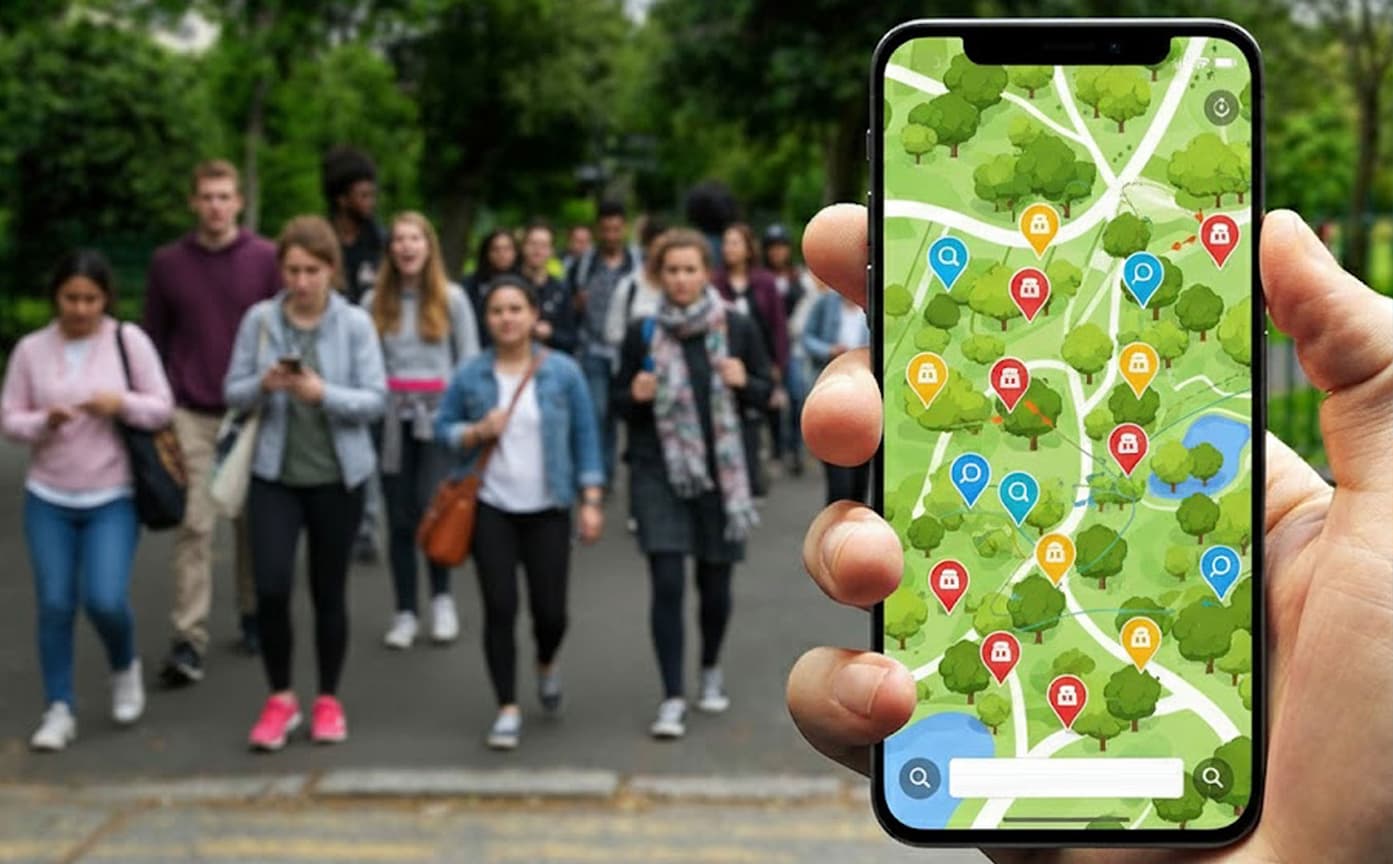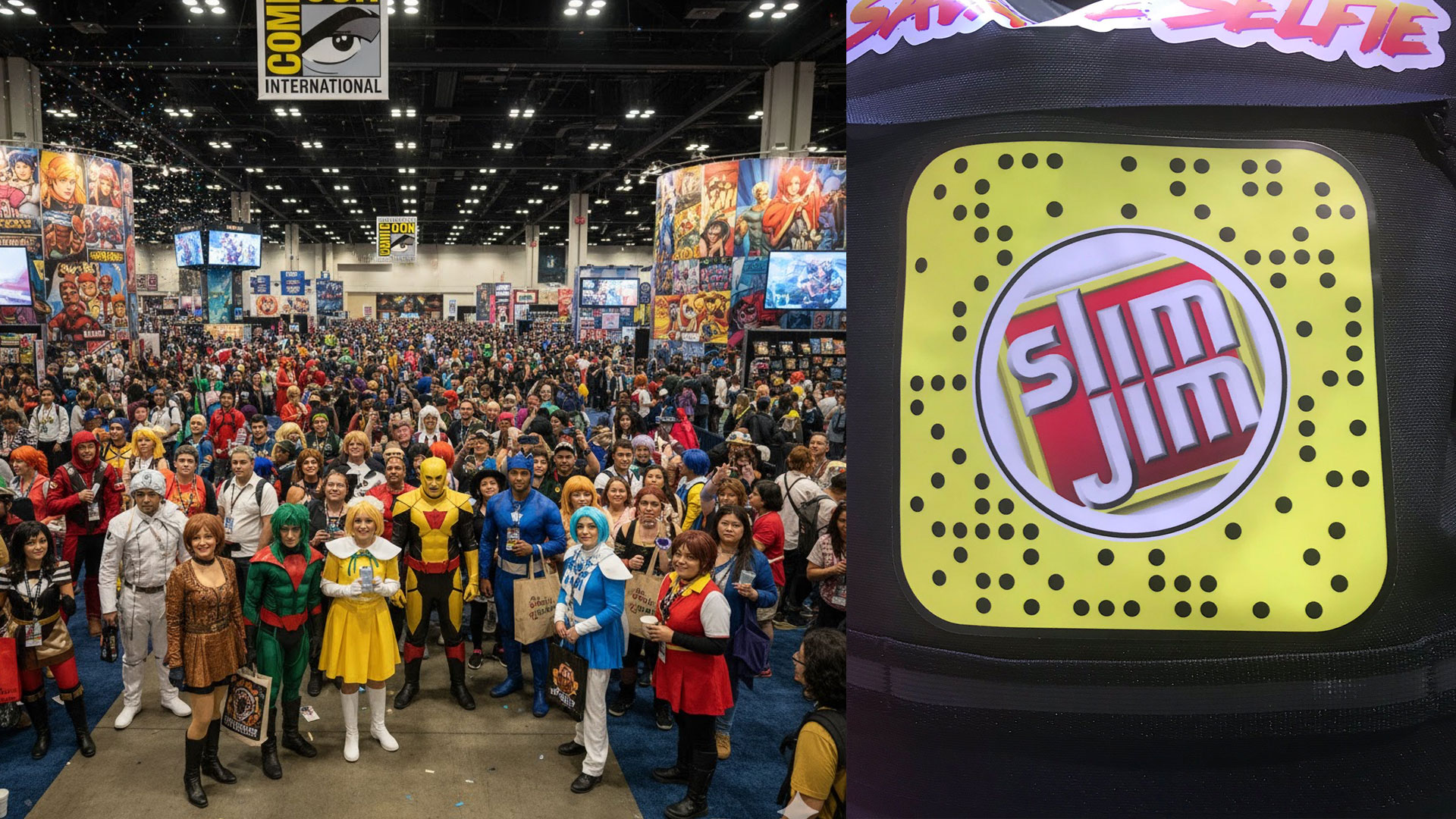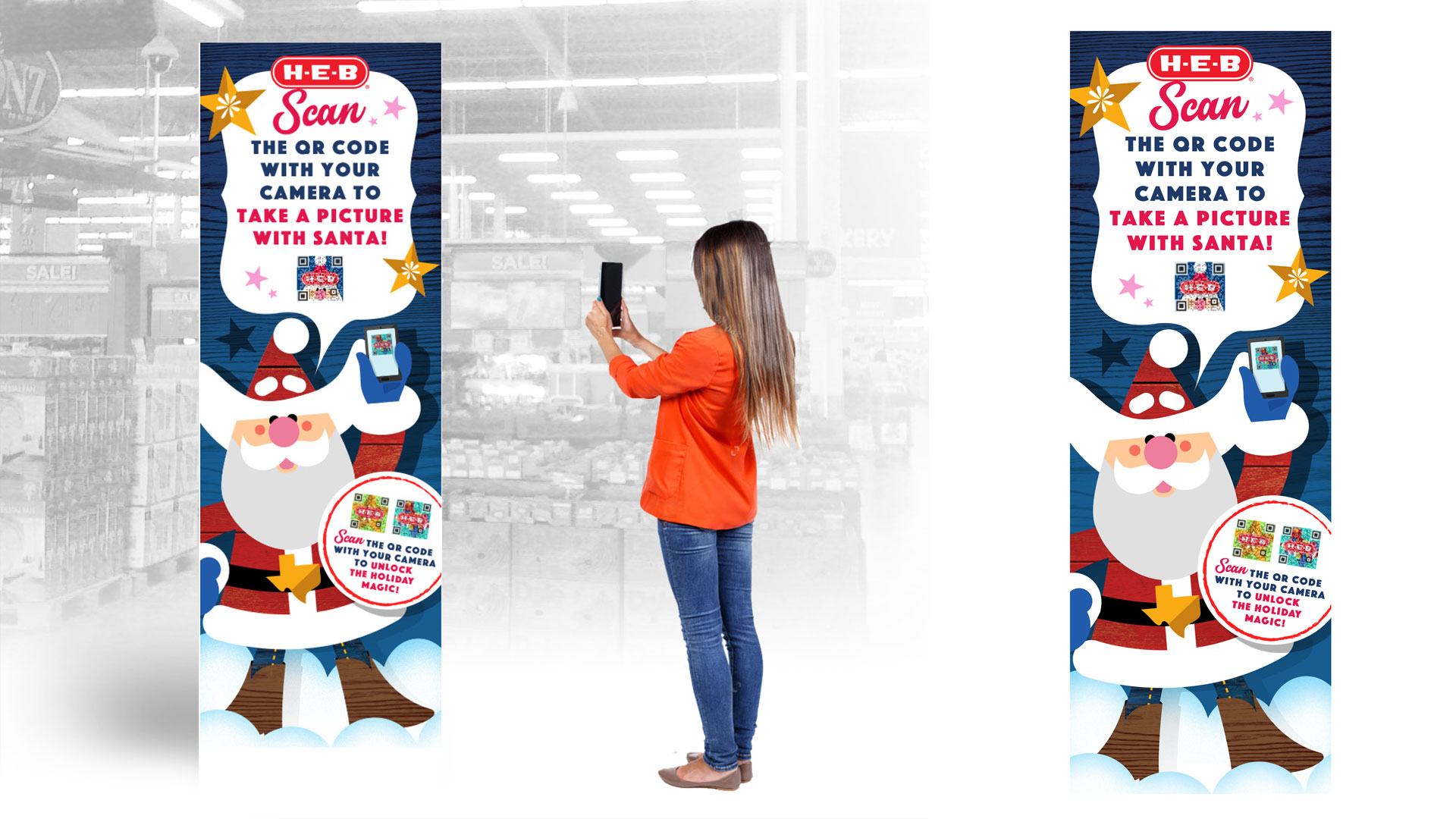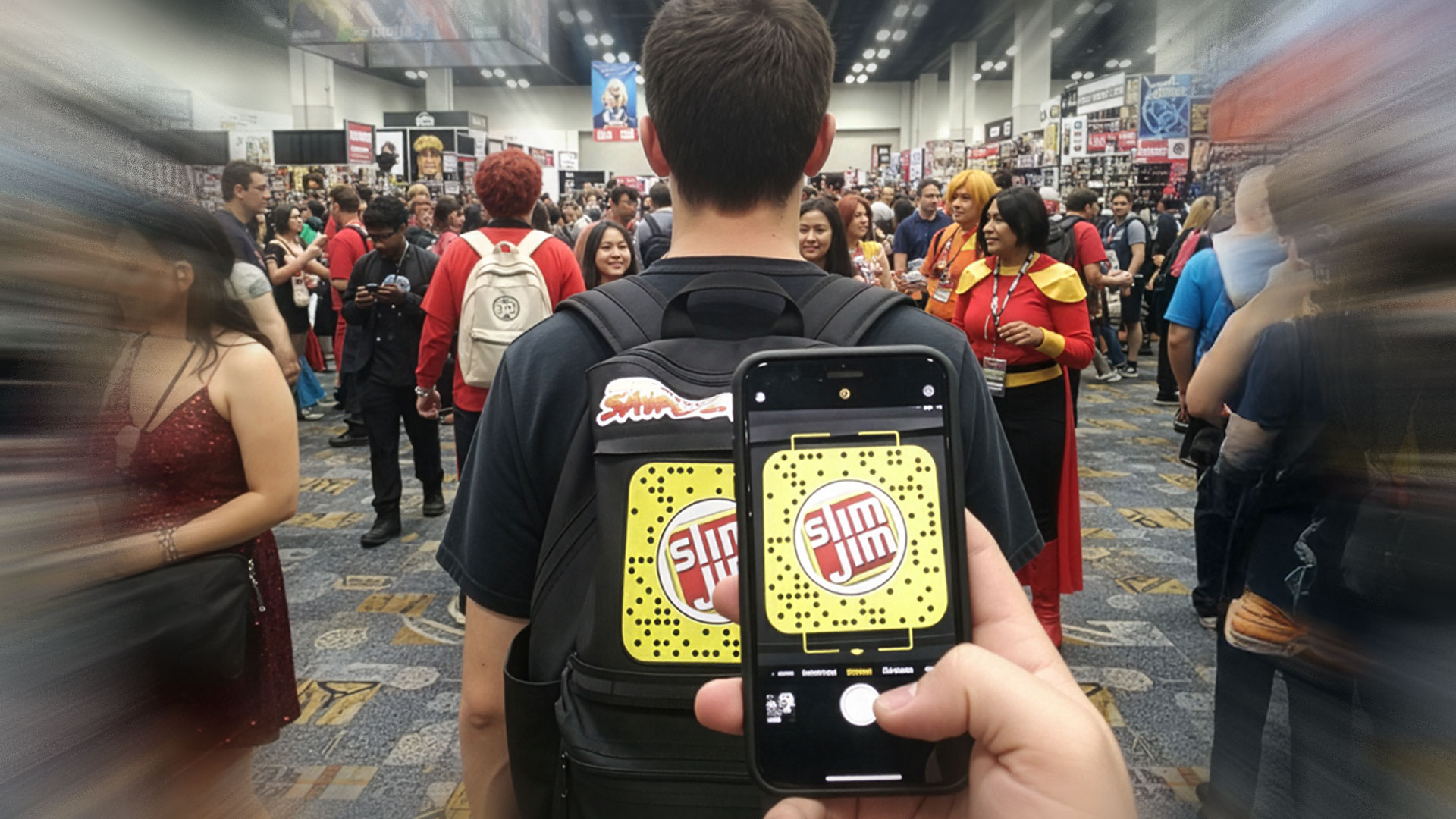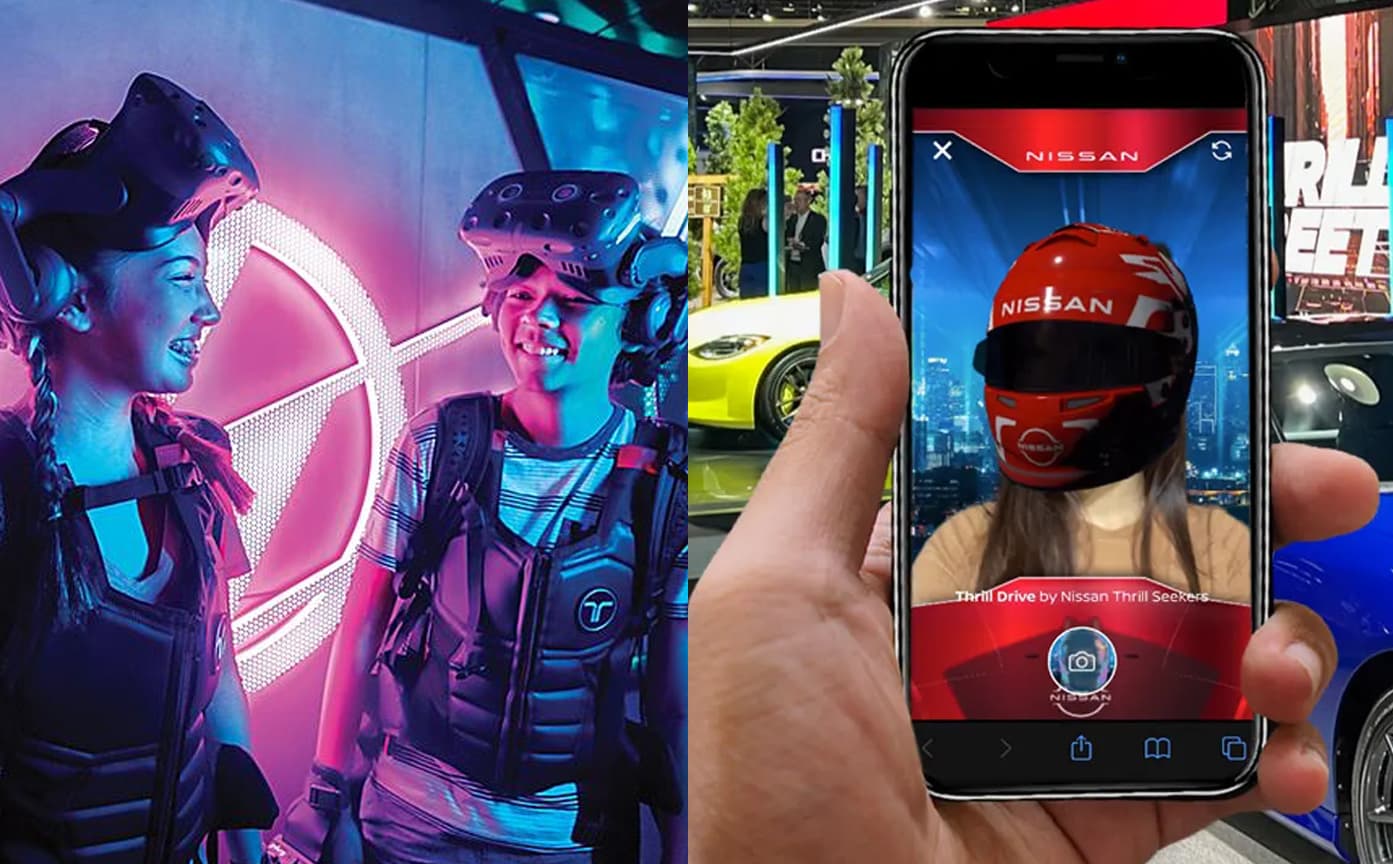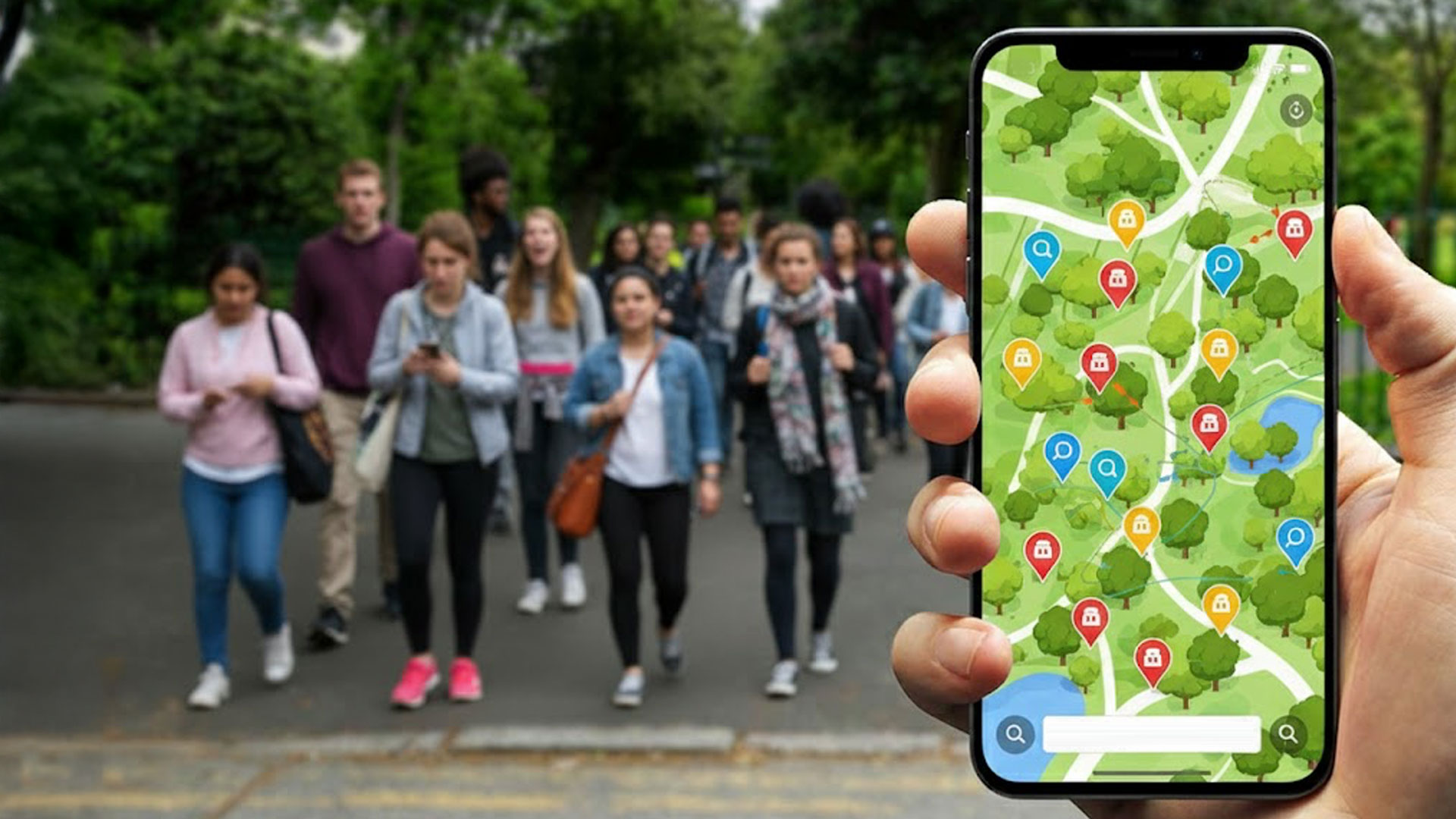
In the rapidly evolving digital marketing landscape, brands constantly seek innovative ways to engage with customers. One such emerging trend is using Augmented Reality (AR) to create scavenger or treasure hunts. Tapping into AR’s immersive capabilities offers a unique blend of real-world interaction and digital enhancement, providing customers with an engaging and memorable experience.
Everyone refers to Pokemon Go and how it revolutionized and modernized the idea of a Scavenger or Treasure Hunt. It appeals to the inner child in all of us by giving us a way to regain a bit of that power. It was hugely successful because it was easy to pick up and play. There was no need for a special gaming device – it leveraged the mobile phone in our pocket. Nowadays, everyone knows how to use a smartphone, and practically everyone owns one. This ubiquity means that the potential reach for this app was millions of people of all ages, genders, and locations, unlike the comparatively smaller target audience of a Nintendo console.
It also leveraged gamification, which is the notion of bringing game-like features and design elements into contexts that aren’t usually associated with play to make their use more engaging and, therefore, more repeatable. Leveraging a camera is not usually related to games. However, Pokemon Go did just that through the magic of AR.
Understanding AR Scavenger Hunts (Treasure Hunts)
An AR-powered scavenger hunt involves participants using their mobile phones to locate virtual items or complete tasks in the real world. These items or tasks are often linked to a brand’s story or image, creating a fun and interactive experience. The integration of AR adds an extra layer of excitement, as digital animations and collectibles are overlaid onto the physical world, creating a more immersive experience. Think of Pokemon Go, a global phenomenon that changed our thoughts about an interactive hunt.
Everyone has a phone, and now we can create dynamic experiences using their camera and a web browser—no App needed. This allows brands to engage with their users with minimal effort. Web-based AR allows for exciting 3D animations and interactions as if they are in the real world. Unlocking and viewing AR through a browser that uses your camera is compelling and does not require your customer to do anything special.
There are several ways to activate an AR-powered game. The simplest way is to use QR codes hidden throughout an event, where your customers need to find and scan them to unlock a digital reward. Another method is to use GPS-powered hunts, which allow for more extensive large-scale hunts nationally or globally. Today, both of these tactics are attainable with minimal effort.

The Magic of AR-Powered Hunts in Marketing
AR-powered treasure and scavenger hunts offer a unique blend of real and digital worlds that go beyond traditional marketing tactics. This fusion of technology and adventure taps into the human love for exploration and discovery, making it an effective tool for engaging customers.
How It Works
- Interactive Maps and Clues: Brands can create custom maps and clues that guide participants through specific locations, be it a store, an event, or even a nationwide experience.
- Virtual Rewards and Challenges: As participants navigate the hunt, they encounter virtual challenges or collect digital tokens, which can be exchanged for discounts, offers, or information about the brand.
- Real-World Interaction: The hunts often require visiting physical locations, increasing foot traffic, and direct engagement with the brand’s physical presence.
- Scan and Play: Anyone can play by scanning a QR Code at a physical location or leveraging an online map and a GPS-enabled location.
10 Reasons Why Brands Should Use AR Scavenger or Treasure Hunts
- Enhanced Customer Engagement: AR hunts create an engaging, interactive experience that goes beyond passive advertising and fosters a deeper connection with the brand.
- Increased Brand Awareness: These hunts can generate buzz and word-of-mouth publicity, significantly boosting brand visibility.
- Data Collection and Insights: Brands can gather valuable data on customer preferences and behaviors during these hunts.
- Versatility and Customization: AR hunts can be tailored to suit any brand or campaign theme.
- Boost in Sales and Foot Traffic: AR hunts can directly increase sales and foot traffic by directing participants to physical stores or specific products.
- Educational and Informative: They can entertain customers while educating them about brand history or product features.
- Social Media Integration: Sharing experiences on social media amplifies the reach and impact of the campaign.
- Building Community: These hunts can foster a sense of community among participants, enhancing brand loyalty.
- Tech-Savvy Image: Employing AR technology positions a brand as innovative and forward-thinking.
- No Extra Hardware or Software: Everything can be experienced through your customer’s mobile device, so your budget can be focused on the digital experience.
Successful Examples of AR-Powered Hunts in Marketing
Several brands have successfully leveraged AR treasure hunts:
- Oreo: The Great Oreo Cookie Quest used object-recognition technology in a mobile app, where users hunted for virtual cookies, enhancing brand engagement.
- Verizon: Partnering with Snapchat, Verizon created an AR treasure hunt game where users could win iPhones, combining AR with real-time data and geolocation.
- Foot Locker & Nike: They launched ‘The Hunt,’ an AR scavenger hunt for limited-edition sneakers, driving immense customer engagement and sales.
Case Study Example: Nissan Thrill Street AR Scavenger Hunt
George P. Johnson worked with Groove Jones to bring to life an interactive AR scavenger hunt inspired by Nissan’s “Thrill Driver” national television campaign. In the television commercial, Eugene Levy transforms into an action hero when he experiences the thrill of driving a Nissan. Full case study – https://www.groovejones.com/nissan-launches-thrill-seekers-ar-scavenger-hunt-at-the-new-york-auto-show
We incorporated that same idea for the New York Auto Show. We asked car enthusiasts to seek out and show off their “Thrill Face” in an interactive scavenger hunt using AR face filters hidden throughout the Nissan show floor. Customers could win prizes by finding the three face filters and activating each “Thrill Face” by taking selfies.
Customers who entered the Nissan space at the New York Auto Show were greeted by oversized displays that explained how to participate. First, they needed to find hidden Nissan Thrill Face QR codes in Pathfinder Park, Formula E, and Electric Avenue. Locked AR effects indicated that they needed to be found. Once a customer activated them, they became unlocked. Unlock all three, complete the checklist, and display the award badge. Customers could then go to the Rewards Bar to receive their prize.
Case Study: ConAgra Slim Jim AR Scavenger Hunt
Nissan’s “Thrill Street AR Scavenger Hunt” at the New York Auto Show used AR face filters to engage car enthusiasts and offered prizes for participation. The introduction of Niantic’s Lightship Visual Positioning System (VPS) has revolutionized these hunts, allowing for more precise and engaging AR experiences tied to real-world locations. Brands can now create highly accurate, location-specific interactions that enhance customer engagement.
The legend of the Randy “Macho Man” Savage continues. Mattel, WWE, and Conagra are celebrating Savage’s time as a spokesperson for the Slim Jim brand and their memorable television commercials with a new action figure that is being released at Comic-con San Diego. Groove Jones was brought on board by the agency B.I.O.S. to help them with the launch of this momentous, retro nostalgia event by creating a digital scavenger hunt experience which turns fans into Randy “Macho Man” Savage! Brand ambassadors were all around Comic-con promoting”Savage Selfie” with a specially enable QR code printed on the back. Fans could walk up and scan the code to activate the filter immediately and for the chance to enter the contest. Learn more here https://www.groovejones.com/slim_jim_macho_man_ar
Case Study: Foxwoods Resorts Find “Big Papi” AR Scavenger Hunt
Voted best casino outside of Las Vegas, Foxwoods Resort Casino in Connecticut offers its guest an enthralling experience in its resort and seven casinos. Being one of the largest casinos in North America, they went big again by partnering with New England’s finest Red Sox world champion, David Ortiz. Fans can now engage in an AR scavenger hunt on the resort property where they can scan any unlock an immersive fan experience. Case study – https://www.groovejones.com/david_ortiz_foxwoods_ar
By scanning posters throughout the resort and casino, Red Sox fans could unlock AR moments with David Ortiz and enter the chance to win prizes.
Revolutionizing Customer Engagement with GPS-Enabled Hunts
We are often asked how a brand can tap into a location-based hunt that leverages GPS data, and the AR scavenger hunt experience is part of the environment. We can now do this with the recent introduction of Niantic’s Lightship Visual Positioning System (VPS) for the Web. Groove Jones is an approved Lightship VPS developer. We can now offer brands an unparalleled opportunity to engage with their customers in the real world with stunning accuracy and interactivity.

Niantic’s Lightship VPS enhances this by providing centimeter-level accuracy in positioning and orientation, allowing for more precise and engaging AR experiences tied to real-world locations. Groove Jones can use Niantic’s VPS system to create a national or local hunt through the mapping system. We can select predetermined locations within the VPS database or create personalized and private map spots for your campaign.

Other Examples of OOH Implementations and Future Potential
Brands like Oreo, Verizon, H.E.B., and Foot Locker have successfully used Lightship VPS to enhance customer engagement. With Lightship VPS, these experiences can now be tied to specific real-world locations with high precision, opening up possibilities for more intricate and location-specific interactions. For instance, a brand could create an AR experience around historical landmarks, where users engage with the brand and learn about the location’s history. Retail stores can use it to create interactive experiences within the store, guiding customers to specific products or offering promotions.




Check out the AR experience we created for H.E.B. using the Niantics VPS positional tracking system. It allows us to create a dramatic AR hotspot that could be unlocked and viewed on a building corner.
Integrating Niantic’s Lightship VPS with AR-powered treasure hunts represents a significant leap in how brands interact with customers. By blending the physical and digital worlds with high precision and interactivity, these experiences offer a new dimension of customer engagement. As technology advances, AR treasure hunts are set to become a key component in innovative brands’ on-site or event marketing strategies, offering unique, memorable, and highly engaging experiences.

